Start Growing Spices Today: 3 Simple Steps for Immediate Results
Forget complicated gardening methods. You can grow restaurant-quality spices at home in just 3 steps: 1) Choose beginner-friendly varieties like basil, cilantro, or chili peppers; 2) Use 6-12 inch containers with drainage holes; 3) Place in a sunny spot (6+ hours daily) and water when the top inch of soil feels dry. Most spices sprout in 7-14 days and yield harvestable leaves within 4-6 weeks. This guide reveals exactly which spices grow fastest in small spaces, how to avoid common mistakes, and science-backed techniques to maximize flavor.
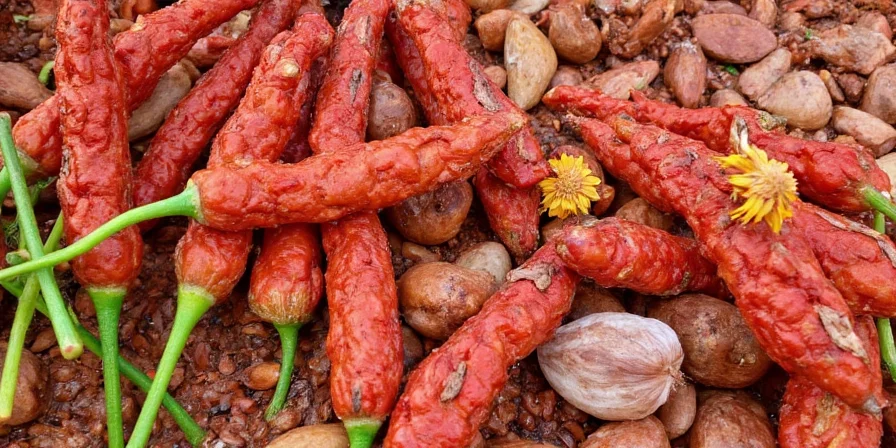
7 Easiest Spices to Grow at Home (Perfect for Beginners)
These spices require minimal care and grow well in containers, making them ideal for first-time growers. Start with these high-success varieties:
| Spice | Time to First Harvest | Space Needed | Key Growing Tip |
|---|---|---|---|
| Chili Peppers | 60 days | 1 container | Water only when top 2 inches of soil are dry |
| Basil | 35 days | Small pot | Pinch off flowers to keep leaves producing |
| Cilantro | 30 days | Small pot | Grows best in cooler temperatures |
| Scallions | 21 days | Any container | Regrow from kitchen scraps |
| Mint | 30 days | 1 container | Keep in partial shade to prevent bitterness |
| Chives | 30 days | Small pot | Cut 1/3 of the plant at a time |
| Garlic Greens | 14 days | Cup or jar | Regrow from store-bought garlic cloves |
Pro Tip: Start with chili peppers—they adapt fastest to container environments and yield measurable results within 60 days. The 'Thai Dragon' variety thrives in pots and produces abundant harvests even for complete beginners.
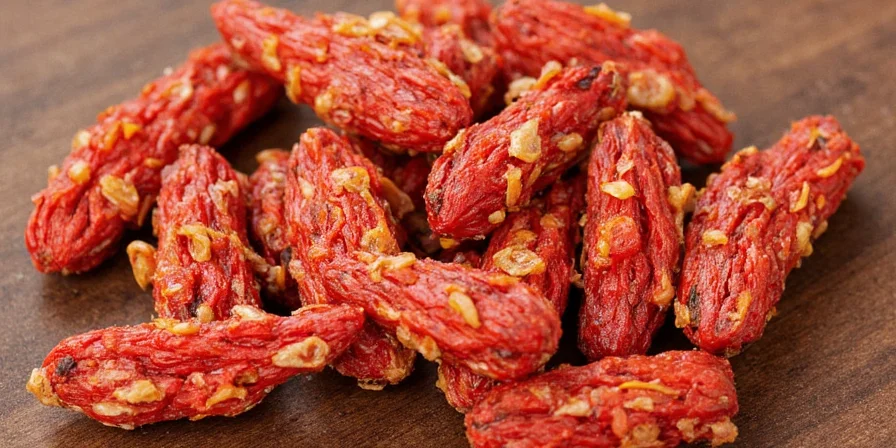
Avoid These 5 Costly Mistakes When Growing Spices
Most beginners fail because they make these preventable errors. Learn how to grow thriving spice plants with these practical fixes:
- Overwatering: 70% of failed herb gardens die from too much water. Check soil moisture by sticking your finger 1 inch deep—only water when dry.
- Wrong containers: Avoid plastic pots without drainage holes. Terra cotta containers prevent root rot in moisture-sensitive herbs like rosemary.
- Insufficient light: Most spices need 6+ hours of direct sunlight. South-facing windows work best indoors, or use a $20 LED grow light.
- Harvesting too much: Never remove more than ⅓ of the plant at once. Wait until plants have at least 6 true leaves before first harvest.
- Poor soil: Use potting mix (not garden soil) for containers. Add compost for nutrients without overwhelming young plants.
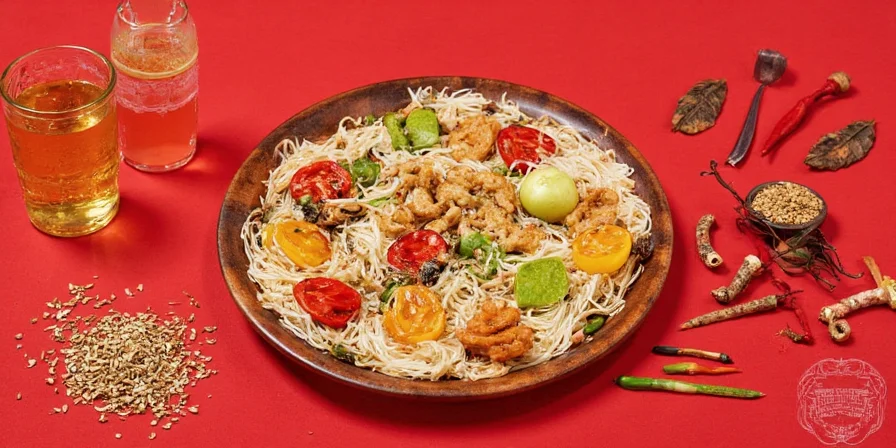
Grow Spices in Small Spaces: 4 Space-Saving Techniques
Apartment dwellers and urban gardeners can grow abundant spices with these proven space optimization methods:
| Space Constraint | Solution | Best Spices for This Setup |
|---|---|---|
| No balcony/patio | Windowsill garden with 3-4 small pots | Basil, chives, scallions |
| Limited sunlight | LED grow light setup (under $30) | Cilantro, mint, parsley |
| Very small apartment | Vertical wall planters or hanging pots | Thyme, oregano, garlic greens |
| Rental restrictions | Removable container garden on fire escape | Chili peppers, rosemary, sage |
Real Example: Sarah in Chicago grows 15 different spices in her 400 sq ft studio using a single windowsill with 6 small pots and a $25 LED light. She harvests fresh basil, cilantro, and chili peppers year-round despite harsh winters.
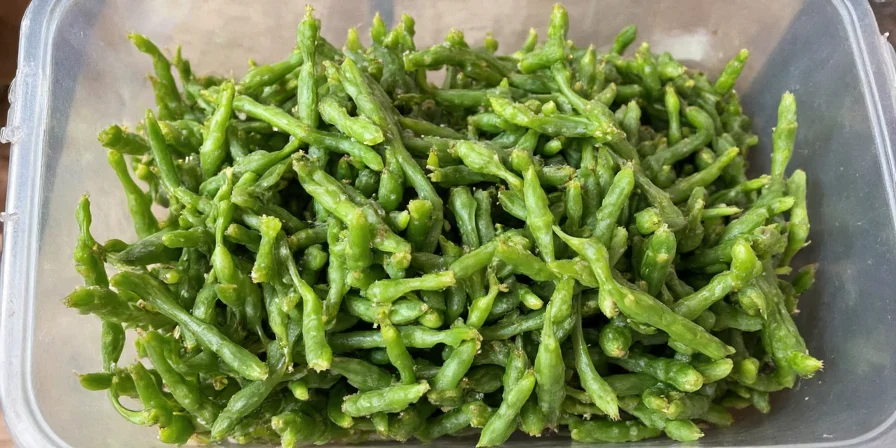
Maximize Flavor: 3 Science-Backed Techniques That Work
Homegrown spices contain 3-5× more flavor compounds than store-bought. Use these proven methods to boost taste even further:
- Harvest Timing: Pick leaves early in the morning when essential oil concentration peaks. For best results, harvest basil before it flowers.
- Water Control: Reduce watering 3 days before harvest to concentrate flavor compounds. This increases essential oils by up to 30%.
- Container Material: Terra cotta pots improve drainage and prevent root rot in moisture-sensitive varieties like rosemary, resulting in more intense flavor.
Unlike store-bought spices that lose potency during shipping, homegrown varieties deliver vibrant flavors that transform ordinary meals into extraordinary culinary experiences.

Maintenance Made Simple: Weekly Care Routine
Keep your spice garden thriving with this 10-minute weekly maintenance routine:
- Monday: Check soil moisture—water only if top inch is dry
- Wednesday: Inspect for pests; spray with water if needed
- Saturday: Trim dead leaves and pinch growth tips to encourage bushier plants
- Sunday: Rotate pots for even light exposure
Pro Tip: Use rainwater or filtered water—chlorine in tap water inhibits basil's volatile oil production. If using tap water, let it sit out for 24 hours before watering.
Harvesting, Drying & Storage: Preserve Maximum Flavor
Timing and technique directly impact shelf life and potency. Follow these simple methods for long-lasting flavor:
| Spice | Harvest Time | Drying Method | Storage Tip |
|---|---|---|---|
| Basil | When 6+ true leaves present | Hang in small bunches upside down | Store whole leaves in vacuum-sealed container |
| Peppers | When fully colored + slight wrinkle | String and air-dry in dark room | Store whole pods with oxygen absorbers |
| Cilantro | Leaves: 3-4 weeks; Seeds: brown pods | Hang seed heads upside down | Store seeds in amber glass jars |
Store dried spices at 60°F or below to slow volatile compound degradation by 70%. Properly stored homegrown spices maintain potency for 2-3 years—double the shelf life of store-bought versions.
Frequently Asked Questions
Q: What's the absolute easiest spice to grow for beginners?
A: Chili peppers yield first harvest in 60 days. The 'Thai Dragon' variety thrives in containers and requires minimal care while producing abundant harvests.
Q: How much space do I really need?
A: You can grow 5 different spices in just 2 square feet using 6-inch containers. Many spices like scallions and garlic greens grow in cups on your kitchen counter.
Q: Why do my homegrown spices taste better than store-bought?
A: Commercial spices lose potency during shipping and storage. Homegrown varieties contain 3-5× more volatile compounds, creating exponentially deeper flavor complexity.
Q: Can I grow spices year-round indoors?
A: Yes—with a $20 LED grow light, you can grow basil, cilantro, and chili peppers year-round even in winter. South-facing windows work for hardier herbs like rosemary.
Q: How often should I water my spice plants?
A: Check soil daily—water only when the top inch feels dry. Most spices need watering every 2-3 days in warm weather, less in cooler months.

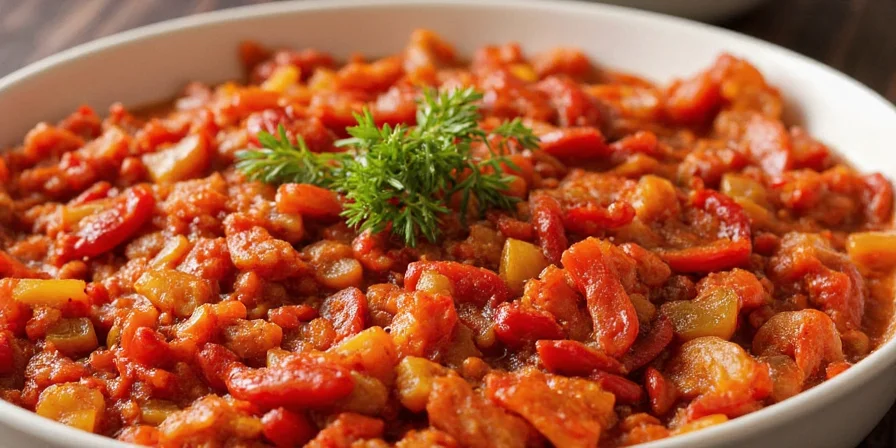









 浙公网安备
33010002000092号
浙公网安备
33010002000092号 浙B2-20120091-4
浙B2-20120091-4